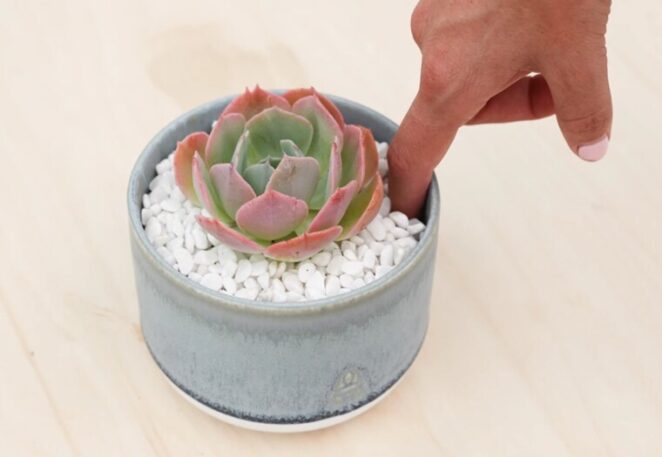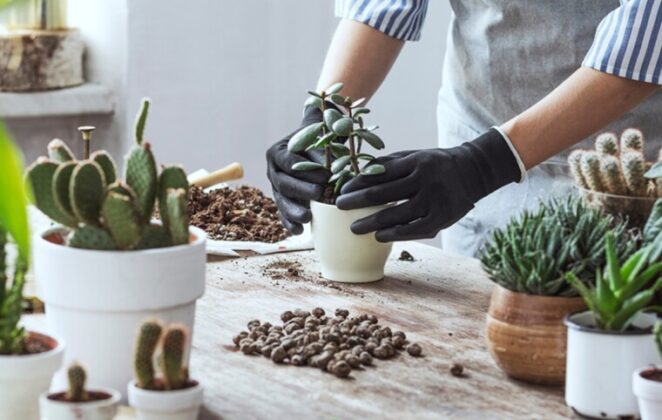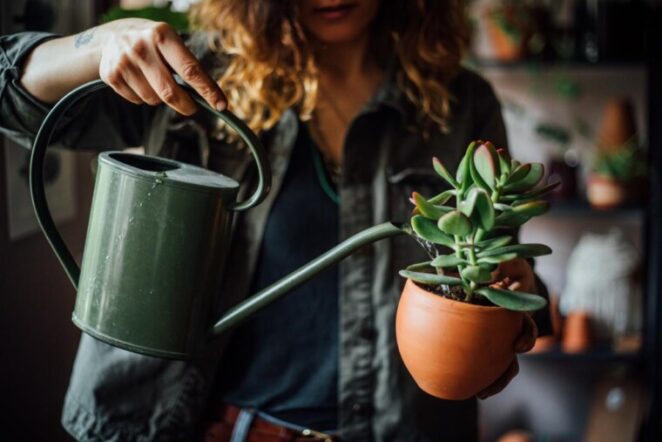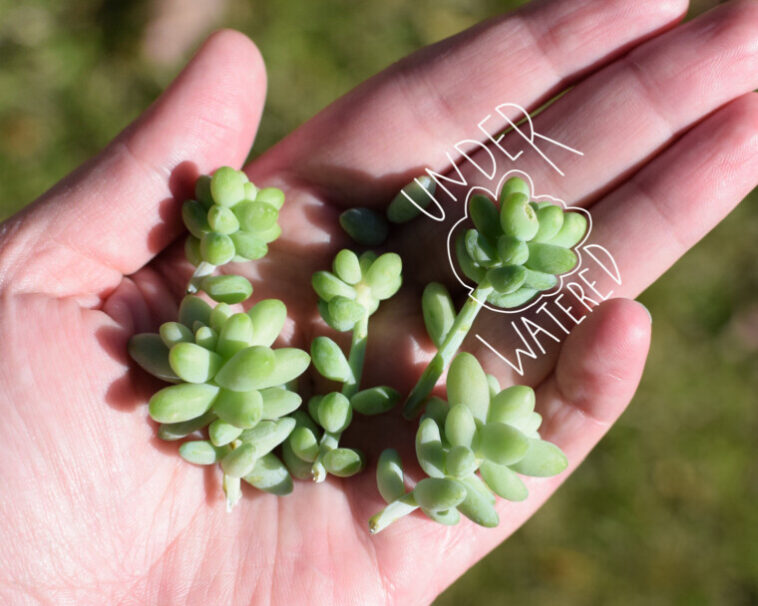Succulents are said to be miracle plants. They come with so many benefits, and they are the best choice of vegetation for pretty much every household. They all look so beautiful, and they will make your house look warmer, softer, and overall better. In addition to this, they will purify the air, help you with your health, and the ones that are edible can help you in so many different ways. The edible plants can help with many things including your allergies, asthma, they can be great for weight loss, and they will boost your immune system. Even though it is said that these plants are the easiest ones to grow, there are millions of individuals who tend to dry out or overwater their succulents.
If you are one of the people who just don’t know what is the best way to care for your plants, you’ve come to the right place. In this article, we are going to help you learn how often you need to water your succulent, how much water they need, and we will also give you some basic tips on how to make sure your plants thrive in your household.

When to water them?
Even though there is no one size fits all rule, there are some basic things that can help you with this seemingly difficult task. The first thing you need to do is learn how a healthy plant looks, how a plant that’s going to dry out looks, and what does the plant feels like when you’ve overwatered them.
The first thing you need to remember is that this type of vegetation requires much less water than the other plants in your home, and just because it is summer, it does not mean that you need to water them every single day.
If you are looking for an exact number of days when you need to put more fluid in the pot, then the simplest answer is once every two to three weeks. However, in the cold months, when they are not exposed to extremely high temperatures, you can do this once per month. On the same note, in the warm months, if your vegetation is placed outside or near a window then you can do it once per week.
The easiest way to check if you need to add more water is to check the soil. You should do a simple test where you stick your finger in the soil, at least an inch deep, if possible, two, and see if the soil is moist. If your finger comes out completely dry, then you can add some water. If there is dirt on your finger, and if you can feel the moisture in the soil, then come back next week, and do the test again.
According to the Succulent Market, the best way to ensure the survival of your plant is to choose the right type for your needs, talk to the seller about the best way to take care of them, and position them in the right place.

Your plants don’t need constant care
The most important thing you need to remember is that succulents don’t need constant care, and the more you try and tend to their needs, the more likely they are to die. The rule of thumb is that the smaller the plant is, the more care it needs. This means that you still don’t need to water it more than once or maximum twice per week.
Experts suggest that if you have bigger plants, chances are, you can leave them alone for weeks and they are going to thrive. These plants are self-sufficient and they need to be left alone if you want them to look amazing and grow.
On the same note, this does not mean that you should fully forget about them, especially in the summer months, but you should not water them as frequently as the other vegetation you have. We all want our plants to survive the summer, and we know that during these warm months most of our vegetation needs to be watered at least once every other day, and maybe even once per day. However, this is not the case when it comes to succulents.
As we mentioned before, the best way to check things out and to see if you need to add more water is to just stick your finger in the soil. In time, you will learn when you need to water them even without this test, but until you get used to the whole process, just do it to make sure they are not going to dry out.

Pay attention to other details
Remember that the soil will play a huge role in this process, so it is better to invest in high-quality soil, along with a good plant, than to think about the watering process all the time. Think about your location, and if possible, talk to the merchant about which plants are going to thrive depending on where you live; if you choose to keep them inside your home or out in the garden, and where you plan on positioning them.
Know that succulents need a lot of light, so it is crucial to provide this. On the same note, even though these plants are extremely beneficial, they can still be dangerous for small children or pets. So, if you have kids, then you better put them somewhere where your little one won’t be able to reach them. This is important no matter if you have cacti or if you choose a plant that is not with spikes.
These are the most important things that you need to know about taking care of succulents and making sure that they thrive in your home. You can start small, look for things like aero-plants that don’t need anything specific to be done to them, and later on, as you get used to this type of vegetation, you can move to different types that may seem like they are higher maintenance. This type of vegetation is said to be the easiest and best one to have in your home, so just be patient, leave your plants alone, and tend to their needs only when you notice that you need to do it. Follow the seller’s advice on how to best position them, which soil to use, and ultimately, how to know when they need to be watered.




